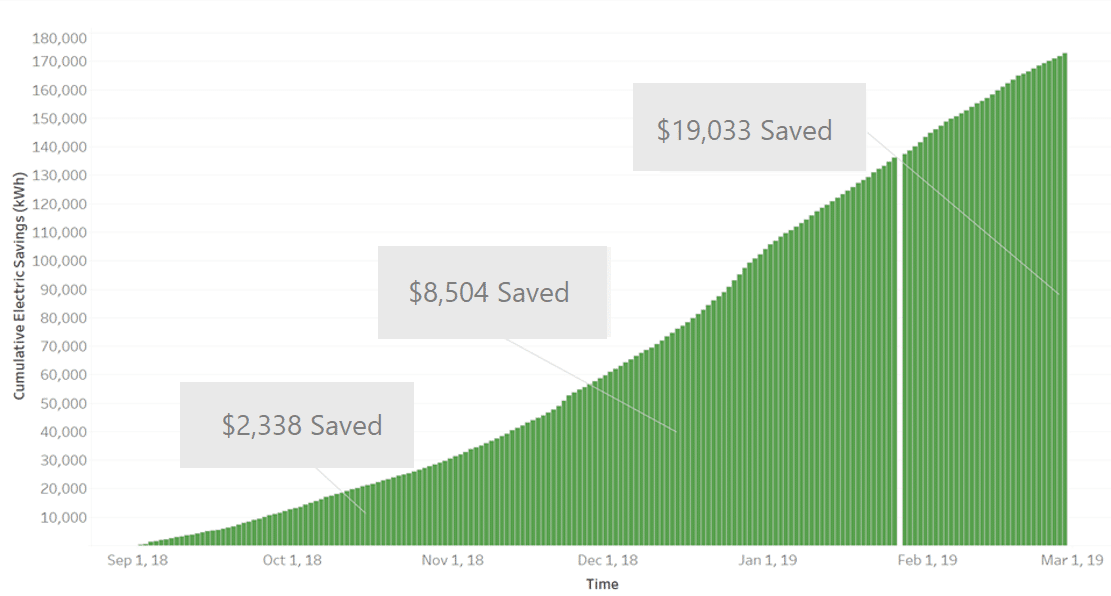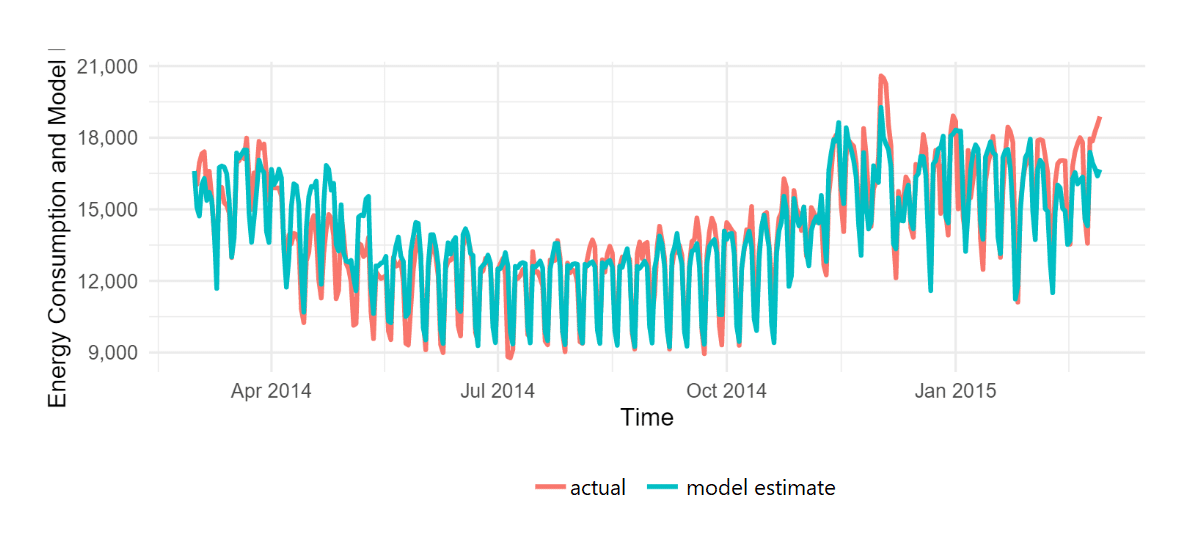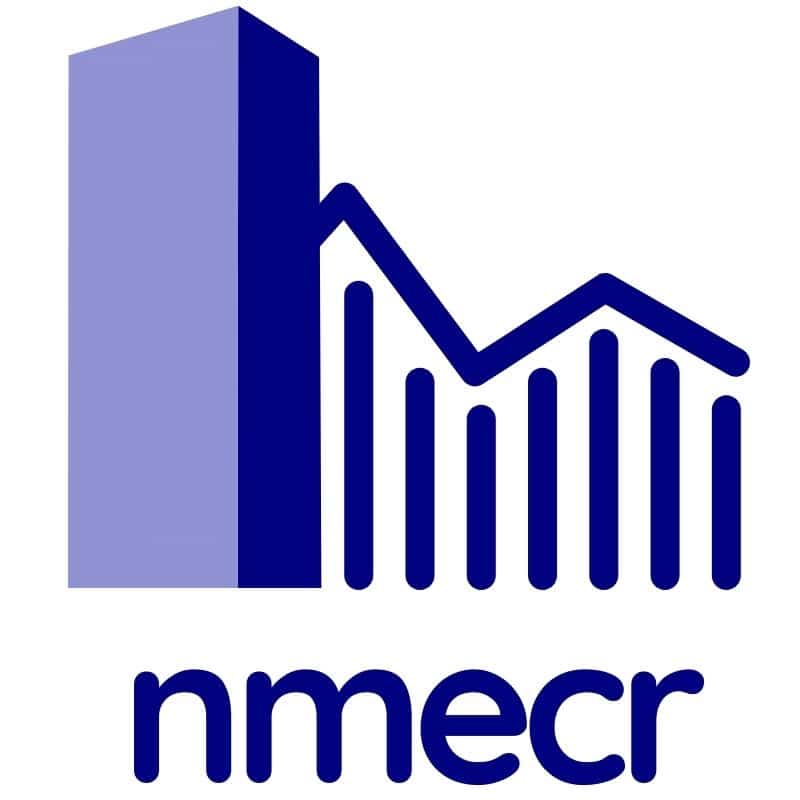download nmecr on github
current implementation
customers
Utility programs and organizations currently using nmecr include the following. We also offer consulting for nmecr installation, customization and training if needed.
northern
California & Washington
PG&E. NMEC program offerings including CoolSave, Smart Labs, Commercial Whole Building and Public Sector Programs
LBL. In-house energy efficiency research
Seattle City Light. Energy Efficiency as a Service Program
southern
California
SCE and SoCalGas Partnerships. High opportunity projects and programs (HOPPs) offerings including the public sector Performance-Based Retrofit (PBR) Program
SDG&E. Comprehensive Energy Management Solutions (CEMS) Program for NMEC projects
SoCalGas. Commercial Restaurant Retrofit (CRR) Program
SoCalREN. Energy Efficiency Project Delivery Program for municipal buildings
featured
project
We provided NMEC M&V analysis using nmecr for two lab projects at the University of California Santa Barbara as part of the HOPPs initiative which was co-funded by SoCalGas and Southern California Edison.

code library
features
Offering enhanced NMEC M&V analysis in single package for the first time, nmecr is free for use under the MIT open source license and includes features such as:
multiple modeling algorithm flexibility
allowing users to develop the best fitting model for their application such as:
- Lawrence Berkeley National Laboratory’s time-of-week and temperature model
- change-point models based on ASHRAE’s inverse modeling toolkit
- simple linear regression
- heating degree-day and cooling degree day algorithms
time interval options
using hourly, daily, or monthly intervals for energy models
improved model accuracy
using additional independent variables
multiple use cases
include prescreening, calculating avoided energy use, and normalized energy savings based on typical weather data
documentation
with vignettes provide an overview of the tool, code examples and results
We are pioneers in using whole-building, interval meter data to track and verify energy project savings, have authored numerous guidelines and implemented these approaches for many utility programs.
By streamlining analysis of energy efficiency projects, we can devote more resources to finding more energy savings in more buildings

video tutorial
how to install
download nmecr on github
related reading
additional resources
As NMEC evolves, our engineers keep you up to date on the latest developments and insights on our blog. Recent posts include:










